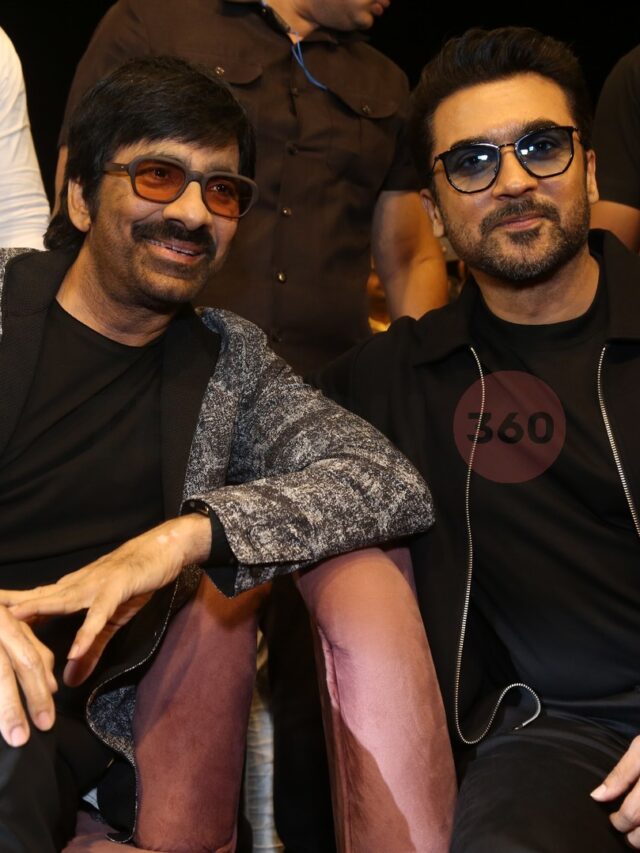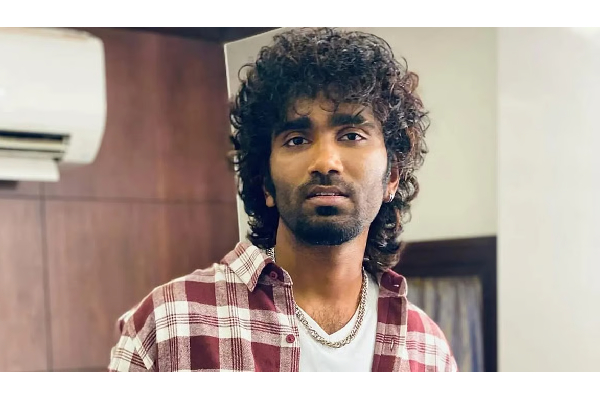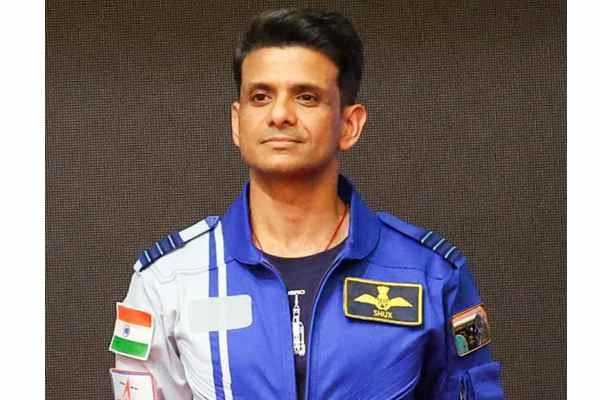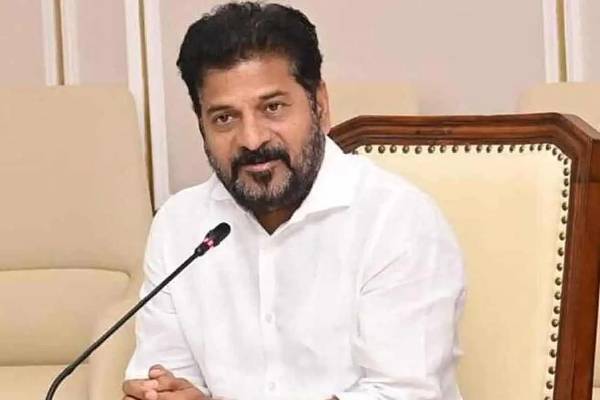After nearly four decades, India is sending another citizen to space. Wing Commander Shubhanshu Shukla will join three international astronauts on the Axiom-4 mission to the International Space Station this Tuesday. This marks a huge moment for India’s space dreams, coming 40 years after Rakesh Sharma’s famous journey in 1984.
The Axiom-4 team includes astronauts from four different countries. Along with Shukla, American astronaut Peggy Whitson, Polish astronaut Slawosz Uznanski, and Hungarian astronaut Tibor Kapu will spend 14 days conducting over 60 experiments in space. NASA, ISRO, and Axiom Space are working together to make this mission successful.
Shukla will handle seven important experiments during his stay. These include studying how plants like fenugreek and peas grow in zero gravity. Scientists want to understand if Indian crops can survive in space conditions. This research could help future space colonies grow their food.
The team will also study tiny creatures called tardigrades, amazing animals that can survive in the harshest conditions. These water bears hold secrets about surviving radiation and extreme temperatures. By studying their DNA in space, scientists hope to develop better protection systems for astronauts.
Living in space affects the human body in strange ways. The astronauts will monitor how their blood sugar levels, eyesight, and mental health change during the mission. They’ll also check how using computer screens in space affects their vision and stress levels.
These health studies are crucial for India’s upcoming Gaganyaan mission, where Indian astronauts will travel to space in an Indian spacecraft. Understanding how space affects human health will keep future Indian space travellers safe.
The mission involves experiments from 31 different countries. Each astronaut has a special call sign – Shukla’s is “Shukh.” They’ll communicate with people on Earth, including Prime Minister Modi and students, sharing their amazing experience.
The Dragon spacecraft will dock with the space station’s Harmony port. After two weeks of hard work, they’ll return to Earth by landing in the ocean near Florida, where recovery teams will pick them up.



































